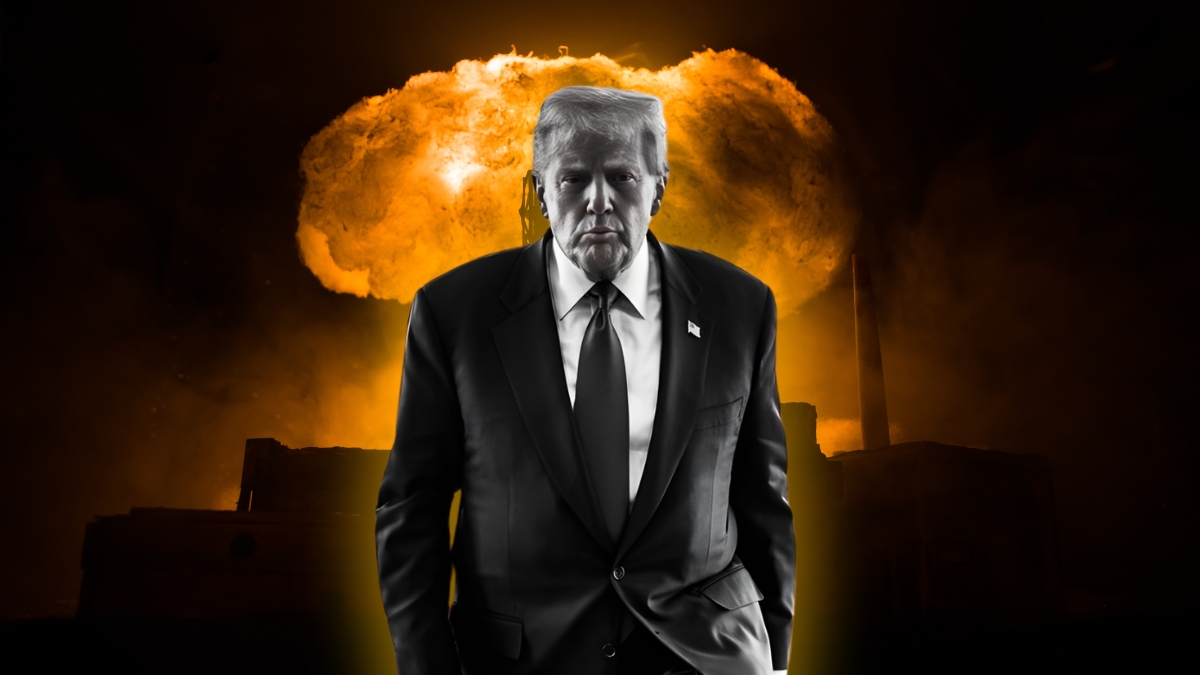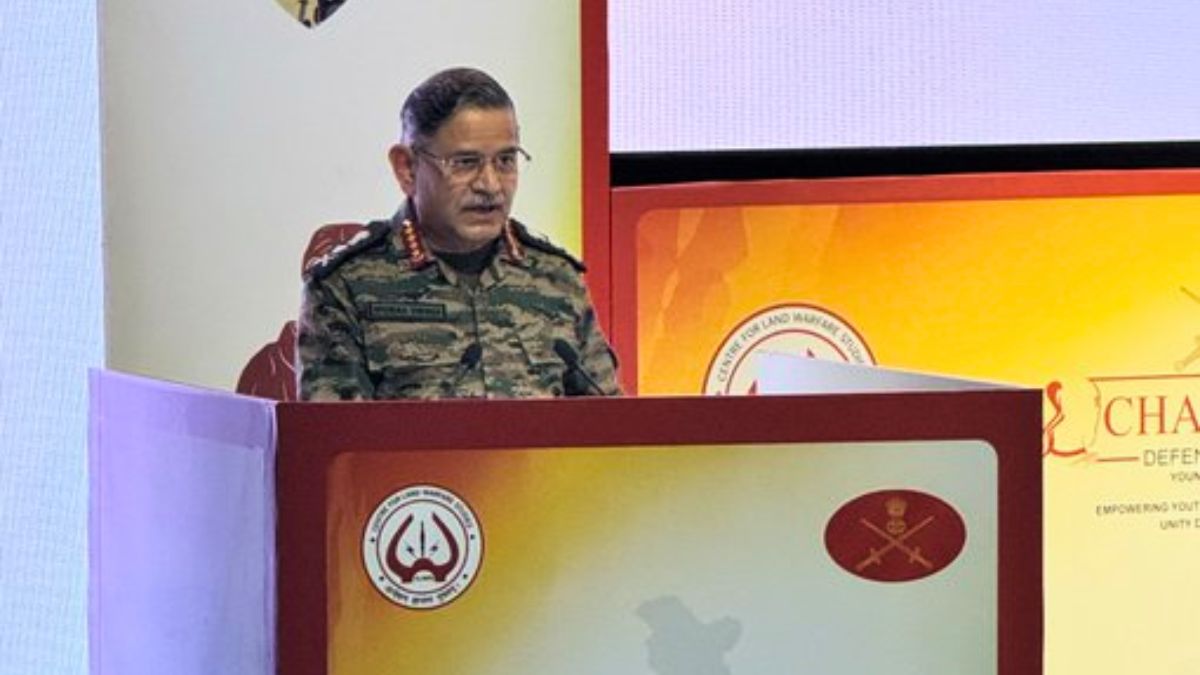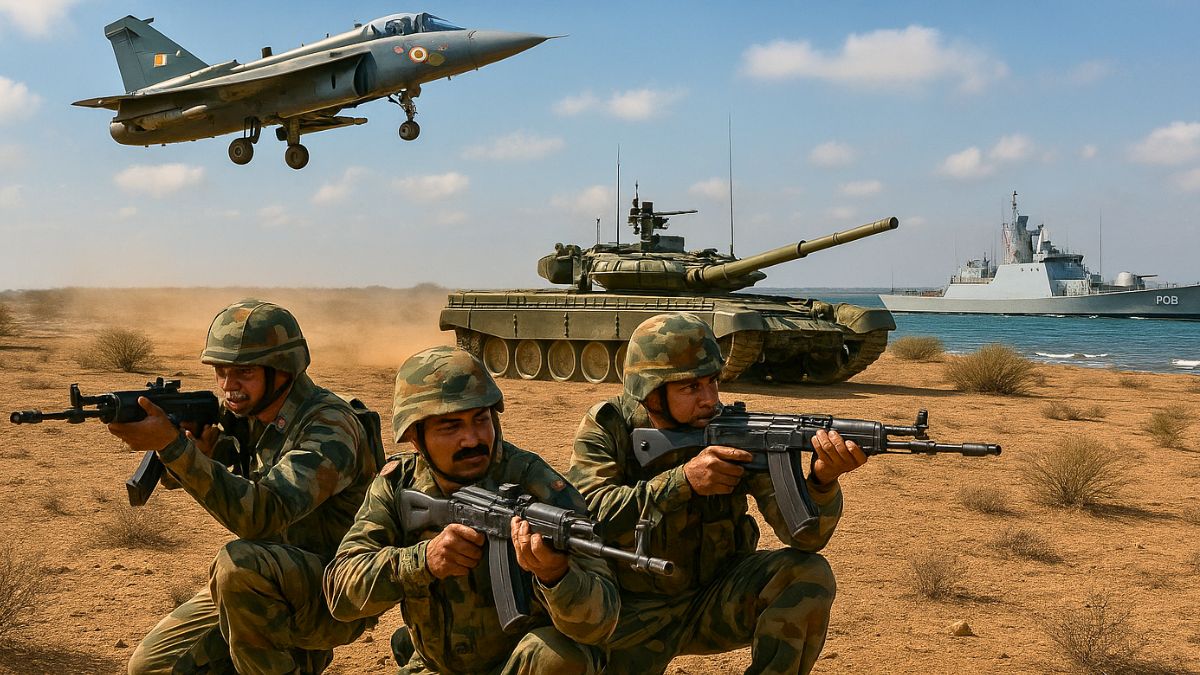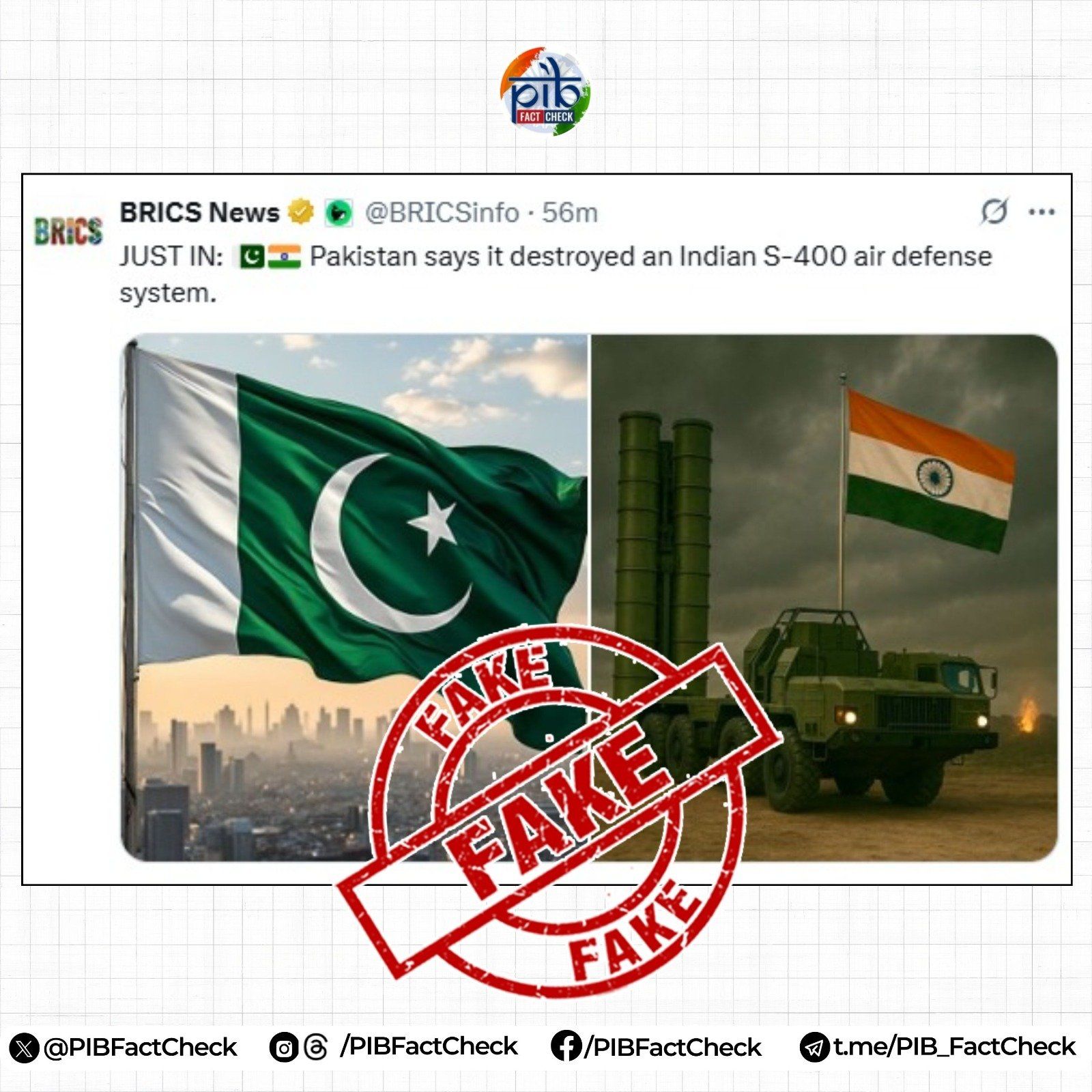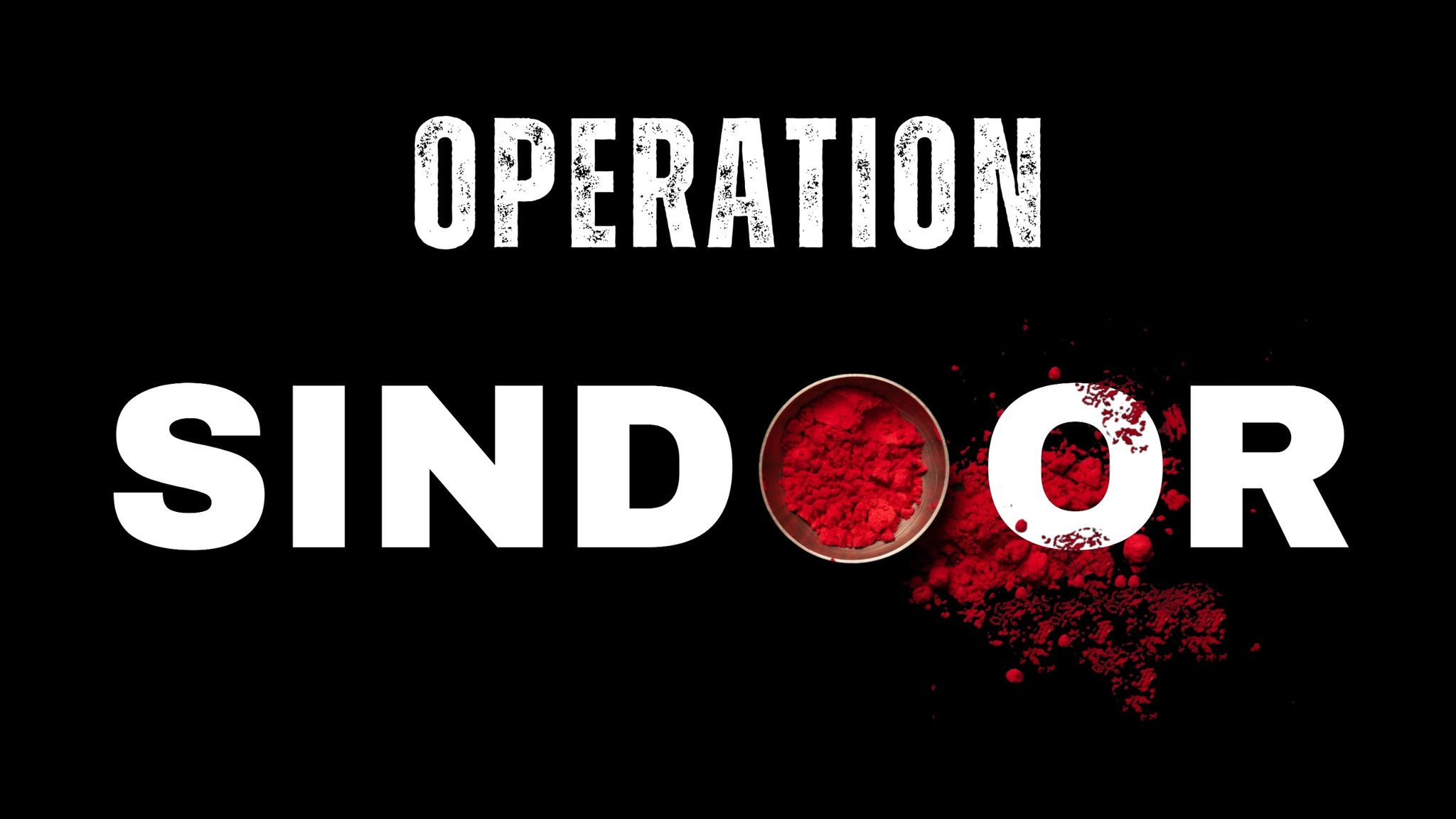Eyeing Major Air Power Upgrade, IAF To Acquire More Meteor Missiles With ‘First-Shot, First-Kill’, BVR Edge
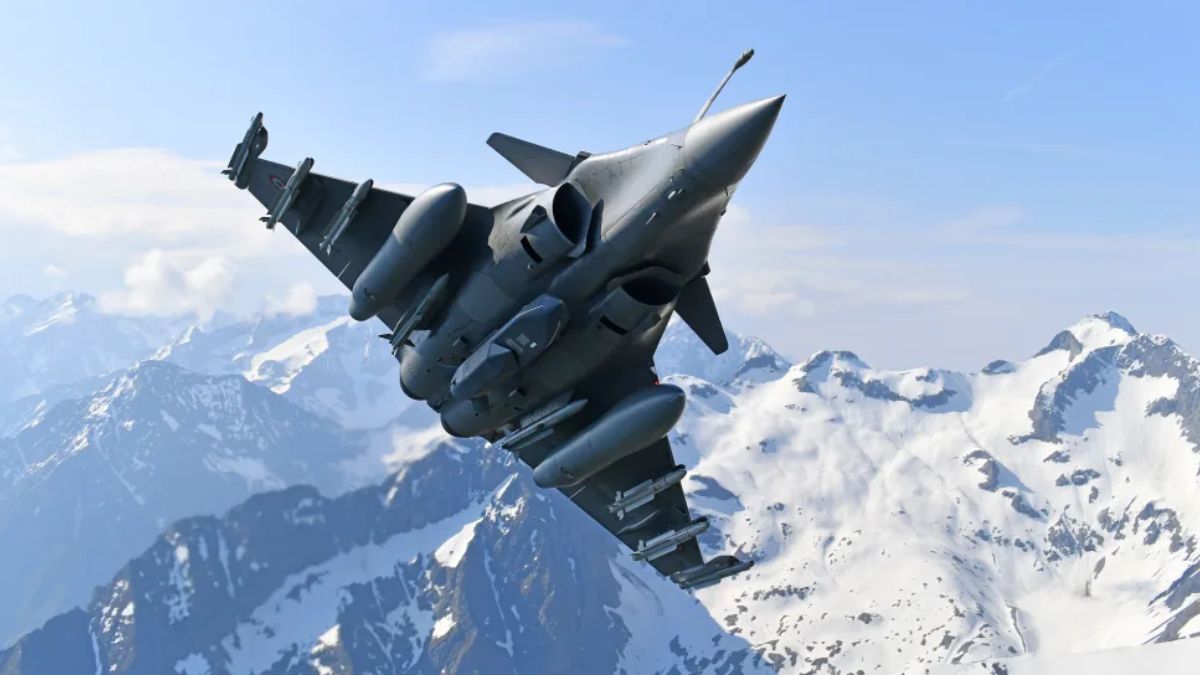
The Indian Air Force has ordered Meteors, along with the first batch of 36 Rafales. Image courtesy: Dassault Aviation
Recent military standoffs anywhere are a proof of the importance of air power and how an advanced air force gives an extra edge. Taking off in the same direction, India is set to sharpen its aerial edge with more meteor missiles, that can significantly enhance the Indian Air Force’s beyond-visual-range (BVR) combat capabilities.
India is preparing for a significant leap in its air combat capabilities with plans to acquire a new batch of Meteor BVR air-to-air missiles for its frontline Rafale fighter jets. The Rs 1,500 crore proposal for these European-made missiles, developed by MBDA, is in final stages of approval within the Defence Ministry, according to ANI.
The Meteor, capable of striking aerial targets at ranges up to 200 kilometres, gives the Rafale an unmatched advantage in long-range engagements, a capability no other Indian Air Force (IAF) platform currently possesses.
Rafale: The only jet ready for the meteor missile edge
The Rafale fleet, inducted from France under a 2016 agreement for 36 jets, is currently the only aircraft in IAF service equipped to launch the Meteor missile. These precision-guided weapons will also feature in the upcoming 26 Naval Rafales ordered for the Indian Navy, marking a unified BVR capability across both services.
The decision comes in the wake of Operation Sindoor, where Indian forces decisively targeted Pakistani military and terror assets earlier this year. During that conflict, Indian jets used long-range standoff weapons to strike deep inside enemy territory, forcing Pakistan to call for a ceasefire within four days.
Despite deploying Chinese-origin PL-15 missiles, Pakistan’s Air Force failed to hit Indian targets, exposing the limits of its imported arsenal. The episode reinforced India’s focus on maintaining technological superiority in the skies, especially in BVR warfare.
Rafale-Meteor missiles: How powerful is the duo?
Fitted with a ramjet propulsion system, the meteor missile offers high speed, long range, and a pronounced “first-shot, first-kill” edge at extended distances of over 200 km. With this advantage, the Rafale can detect, target and eliminate the enemy aircraft even from outside the engagement range.
Parallel to the meteor acquisition, India is pushing ahead with its indigenous missile programme. The Defence Research and Development Organisation (DRDO) is developing around 700 Astra Mark 2 missiles, each capable of hitting targets beyond 200 kilometres. These advanced missiles will be integrated with India’s Su-30MKI and LCA Tejas fleets.
The move is to ensure that all major platforms possess long-range strike capability. This move reflects India’s strategy to reduce import dependence and strengthen self-reliance in air warfare systems.
Indigenous missiles for Rafale fleet too?
In the longer term, the Rafale fleet may also be equipped with indigenously developed anti-radiation missiles, giving it the ability to suppress enemy air defences. The combination of Meteor and Astra systems positions India among the few nations capable of fielding dual long-range BVR missile families.
Spearheaded by the Meteor and Astra acquisitions, India’s air combat modernisation drive signals a decisive move to secure regional air dominance, especially at a time when China and Pakistan continue expanding their missile inventories.
